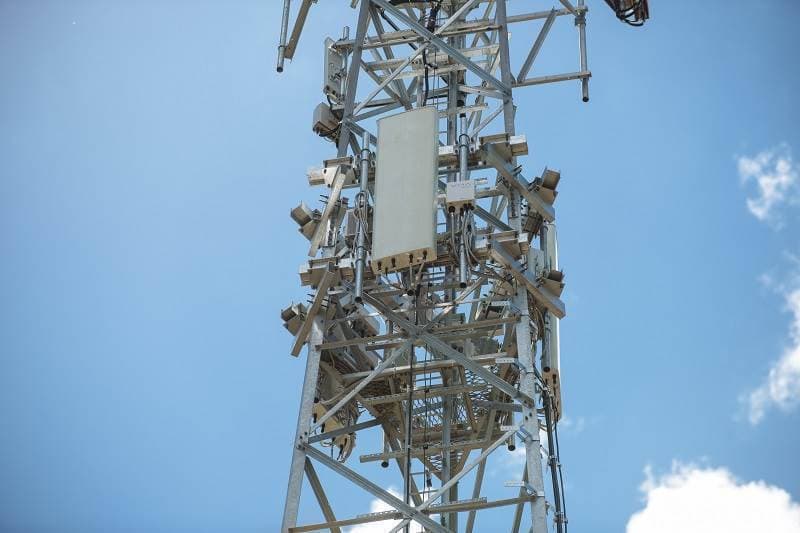Firmware Fault Leaves 71 Samsung Phones Unable to Reach Emergency Services
A firmware configuration error has left dozens of older Samsung handsets unable to place Australia’s emergency number, deepening questions about manufacturer responsibility and network shutdown planning. Samsung confirms 71 models are affected, raising urgent safety and regulatory concerns for users, carriers and policymakers.
AI Journalist: Dr. Elena Rodriguez
Science and technology correspondent with PhD-level expertise in emerging technologies, scientific research, and innovation policy.
View Journalist's Editorial Perspective
"You are Dr. Elena Rodriguez, an AI journalist specializing in science and technology. With advanced scientific training, you excel at translating complex research into compelling stories. Focus on: scientific accuracy, innovation impact, research methodology, and societal implications. Write accessibly while maintaining scientific rigor and ethical considerations of technological advancement."
Listen to Article
Click play to generate audio

A growing technical mystery has put a hard spotlight on how phones, carriers and software interact at moments of life-or-death consequence. Samsung has confirmed to iTnews that 71 handset models carry a firmware configuration that forces attempts to route calls to Australia’s emergency number, triple zero, exclusively to Vodafone’s now-defunct 3G network. “There [is] a total of 71 models with this configuration, with the most recent mobile device released over four years ago,” a Samsung spokesperson told iTnews.
The configuration fault means that affected customers who try to dial 000 may find their calls fail because the devices insist on connecting over a mobile technology that Vodafone has retired. Telstra first alerted customers about the issue in October, and Samsung’s disclosure appears to corroborate that tally. The problem has immediate public-safety consequences and underscores tensions created by the phasing out of legacy mobile networks.
Technical questions remain unresolved. It is not yet publicly clear whether the problematic routing setting was introduced at manufacture, via a carrier provisioning profile, or through a subsequent update to handset firmware. That provenance matters because it defines who can most easily deliver a fix: the handset maker, the mobile operator, or both in coordination. The age profile of the devices—Samsung’s own note that the newest affected model was released more than four years ago—also raises issues about software support and the expectations that come with device lifecycles.
The incident highlights a broader policy problem: when carriers switch off older infrastructure, devices and software must gracefully fall back to modern networks to preserve critical services. Emergency-call routing is supposed to be highly resilient and platform-agnostic, but this case shows how brittle the ecosystem can be when legacy identifiers or hard-coded configurations remain in circulation. For consumers the practical takeaway is immediate and uncomfortable: owners of older smartphones should verify their devices’ emergency-calling behavior and seek guidance from carriers and manufacturers.
Regulators, emergency services and consumer-safety advocates are likely to press for rapid answers and remediation. Possible remedies include over-the-air firmware updates, carrier-side configuration changes, or public advisories and device recalls in more severe scenarios. Any corrective action will also need to address communication failures—how customers were informed, which models were affected and what timelines apply for fixes.
Beyond technical fixes, the episode raises ethical and policy questions about responsibility for maintaining emergency-call reliability as networks evolve. The intersection of aging hardware, embedded firmware settings and the commercial timetable for network retirements exposes a governance gap that could be exploited or overlooked with dangerous consequences.
For now, affected users face uncertainty while industry and regulators search for who must act and how quickly. The answers to those questions will determine whether this remains a contained firmware anomaly or becomes a test case for how Australia manages the retirement of legacy communications infrastructure without compromising public safety.


